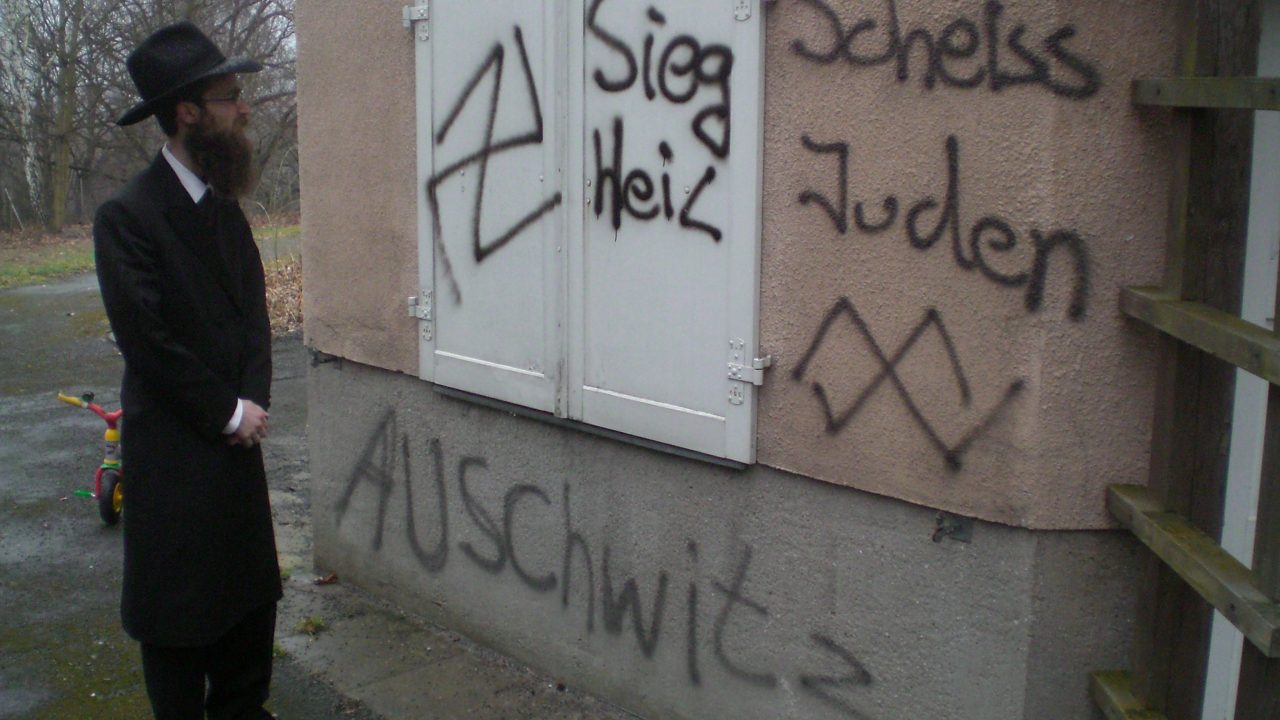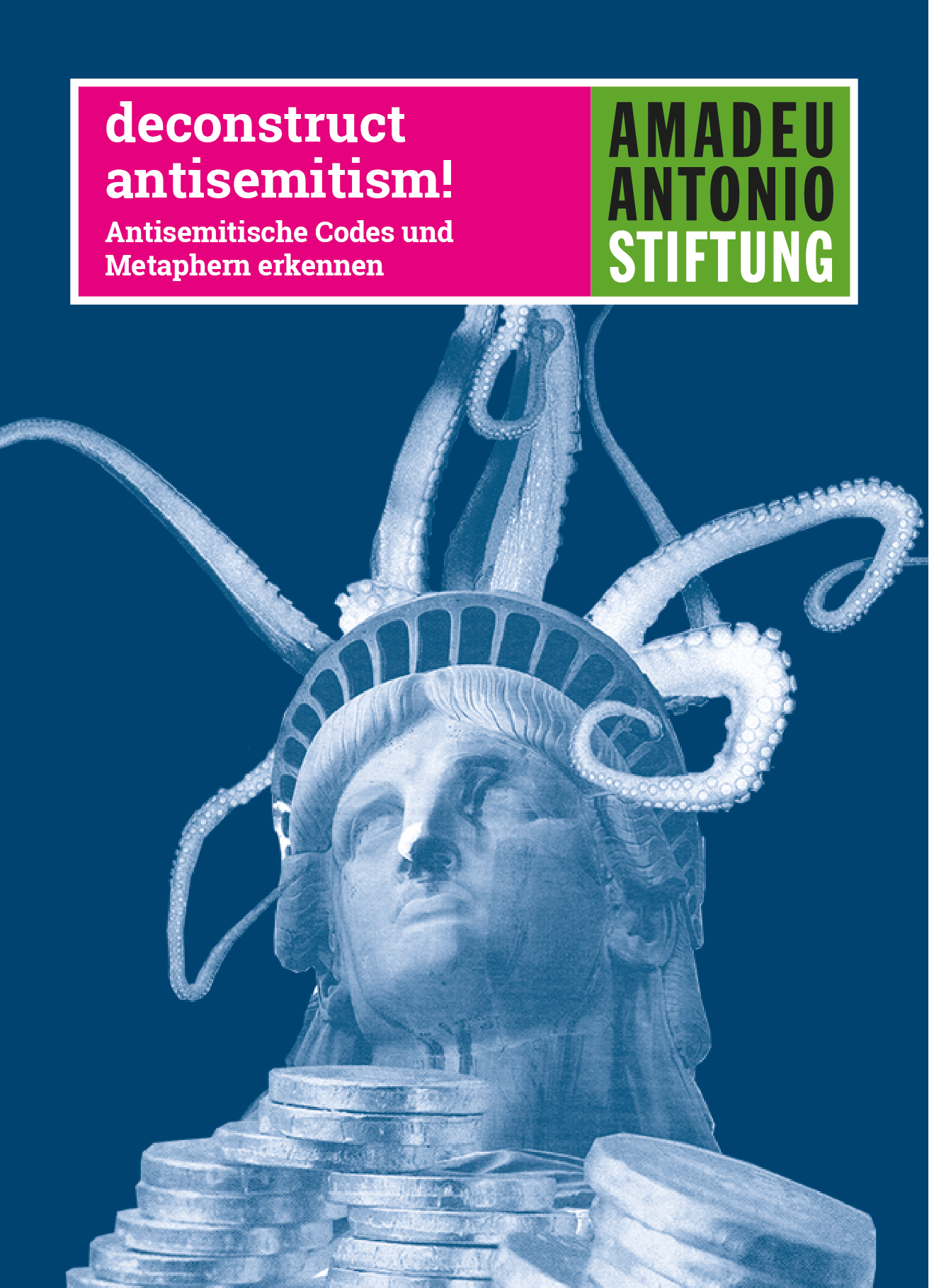Antisemitism
Antisemitism

Jews have long been scapegoated for the world’s problems. Even today, antisemitism persists at all levels of society and education, spanning the entire political spectrum. People continue to draw from a deep reservoir of antisemitic clichés, ranging from conspiracy theories about Jewish world domination or antisemitism disguised as supposed criticism of Israel, to attacks on capitalism, criticism of the ‘the system’ or calls to end Germany’s so-called ‘cult of guilt’.
Our Foundation regularly provides overviews that track how and where antisemitism manifests today. An online timeline documents antisemitic attacks in Germany. With its annual “Action weeks against Antisemitism,” the Foundation created the nation’s largest campaign addressing this issue. Across the country, local events, traveling exhibitions, and projects shed light on antisemitism, foster networking, and inspire resistance. For example, young people research the histories of local residents who were forced into exile or murdered during the Holocaust.
This work is crucial, particularly in regions like former East Germany, where there is often little awareness of how Jewish neighbors were marginalized, persecuted, and ultimately murdered. The Acktion Weeks connect the dots between historical and contemporary forms of antisemitism.
Antisemitism has many faces, Israel-related antisemitism is one of them. While antisemitism has been around for ages, Israel-related antisemitism is a rather new phenomenon. Israel serves as a target for antisemitic projection, and this antizionist form of antisemitism puts real life humans in danger everyday.
As Israel-related antisemitism is a pressing problem, education and information are necessary. Some even claim Israel-related antisemitism is blown out of proportion or made up entirely.
Here, we present information on the issue and short, concise answers to questions surrounding the matter.
Conspiracy theories, BDS, IHRA’s working definition, structural antisemitism – debates on antisemitism often require a lot of background knowledge. And then there is Israel, which everybody seems to talk about even though the subject is anti-Jewish discrimination!? This handout tries to do justice to the complexity of antisemitism while still explaining the basics of anti-antisemitism in simple terms. We do not want to imply that multi-faceted issues and academic debates can be broken down to a few sentences. The questions and answers in this handout offer first steps and orientation and refer to further information.
Here you find our simple answers to basic questions
Antisemitic codes and metaphors can be used consciously as well as unconsciously. Unconscious recourse to antisemitism is made possible by the centuries of circulation that have fed some of these codes into our society’s collective memory. Conscious recourse to antisemitic codes serves multiple purposes. It can circumvent a public outcry or even criminal prosecution. After all, open hatred of Jews is taboo in German society since the Shoah, when six million Jews were murdered in National Socialist Germany, and is a criminal offence under German hate speech laws. Yet, no matter if they are used consciously or unconsciously, antisemitic codes and metaphors function as a “dog whistle”: those who are able to “hear the whistle” know how to decipher the code and will understand anti-Jewish hate is being spread.
This handout helps to detect and interpret antisemitic codes and metaphors. Most of these terms are not antisemitic per se. Their context and historical background have to be taken into account in order to recognize the antisemitism they contain. We do not claim our selection is exhaustive but have chosen codes and metaphors that we feel are being used most frequently.


